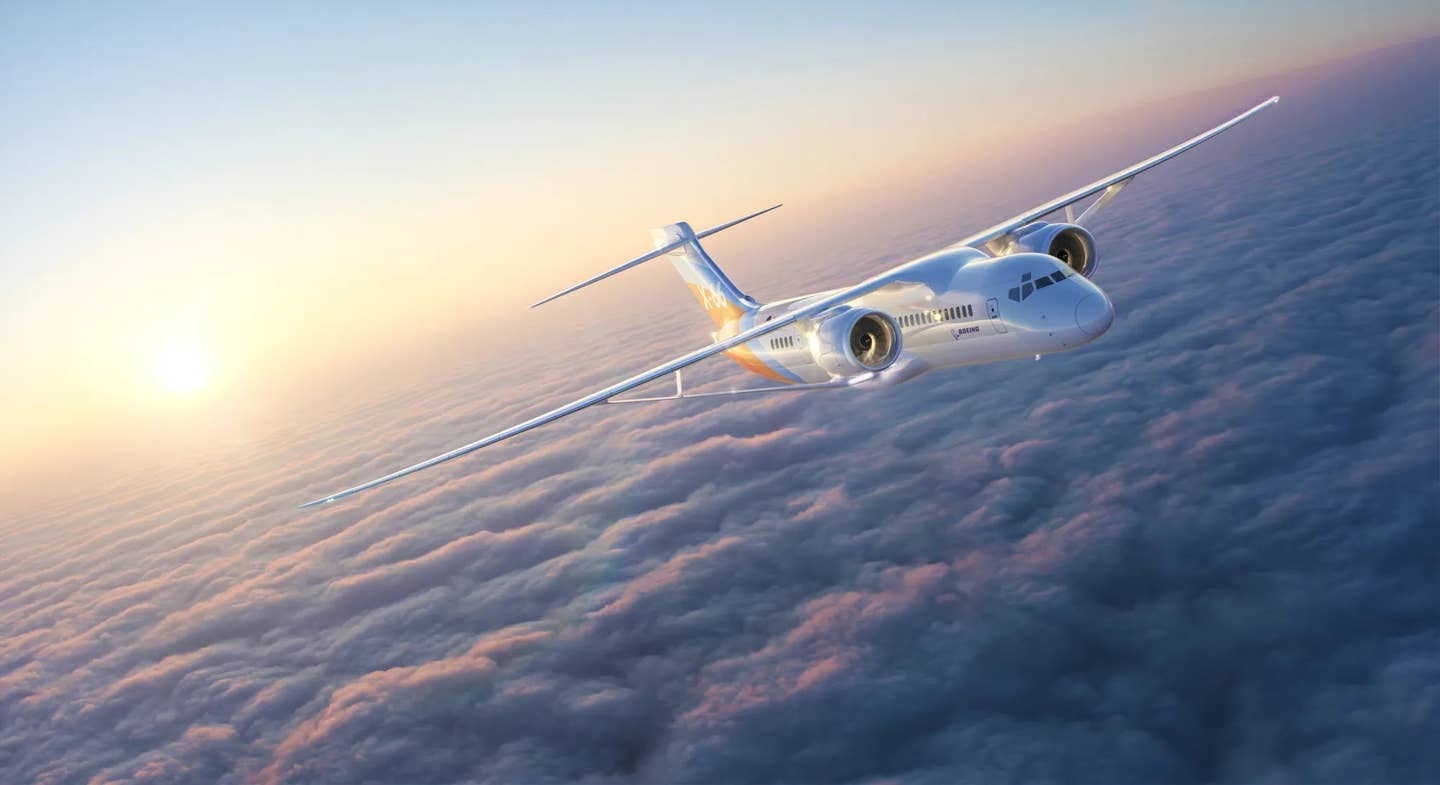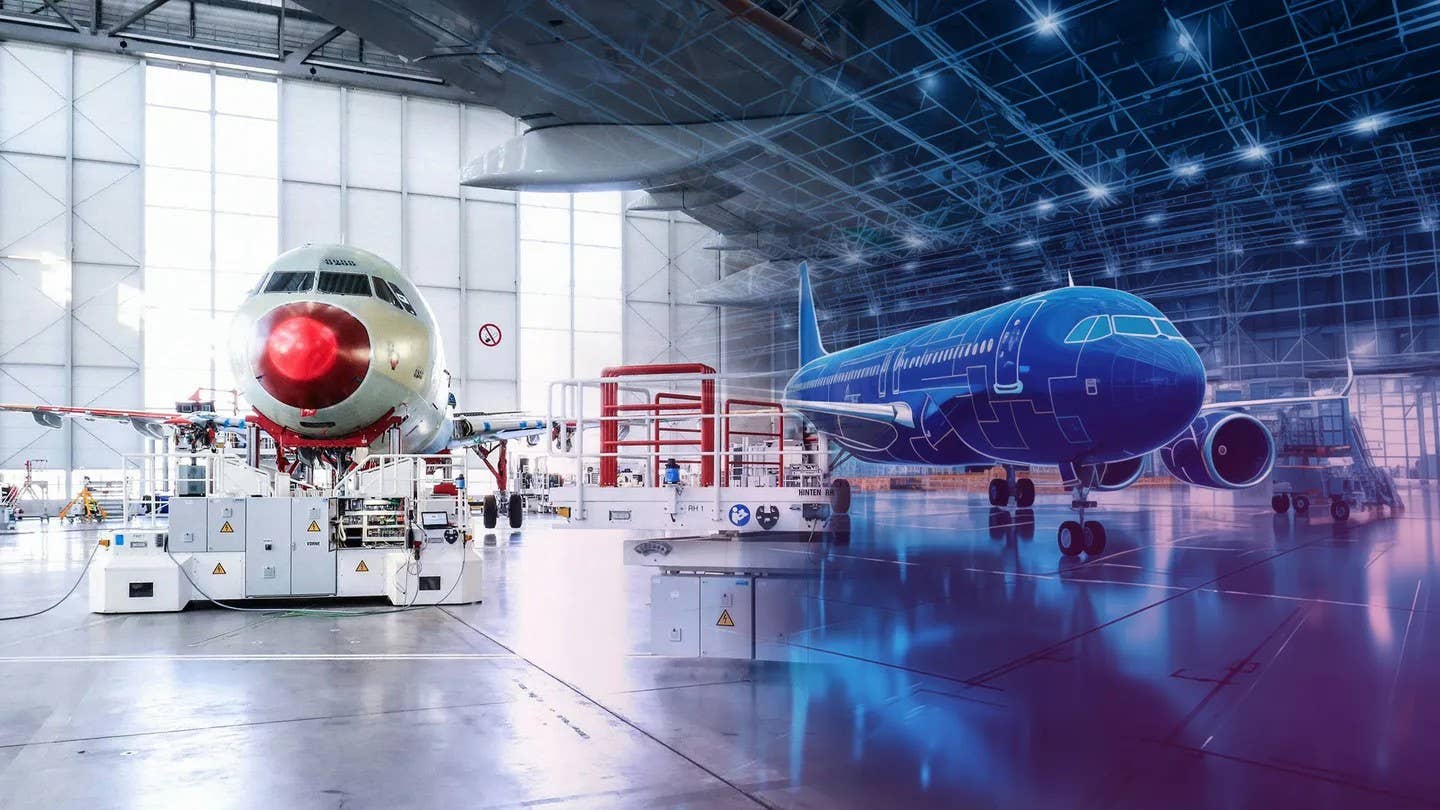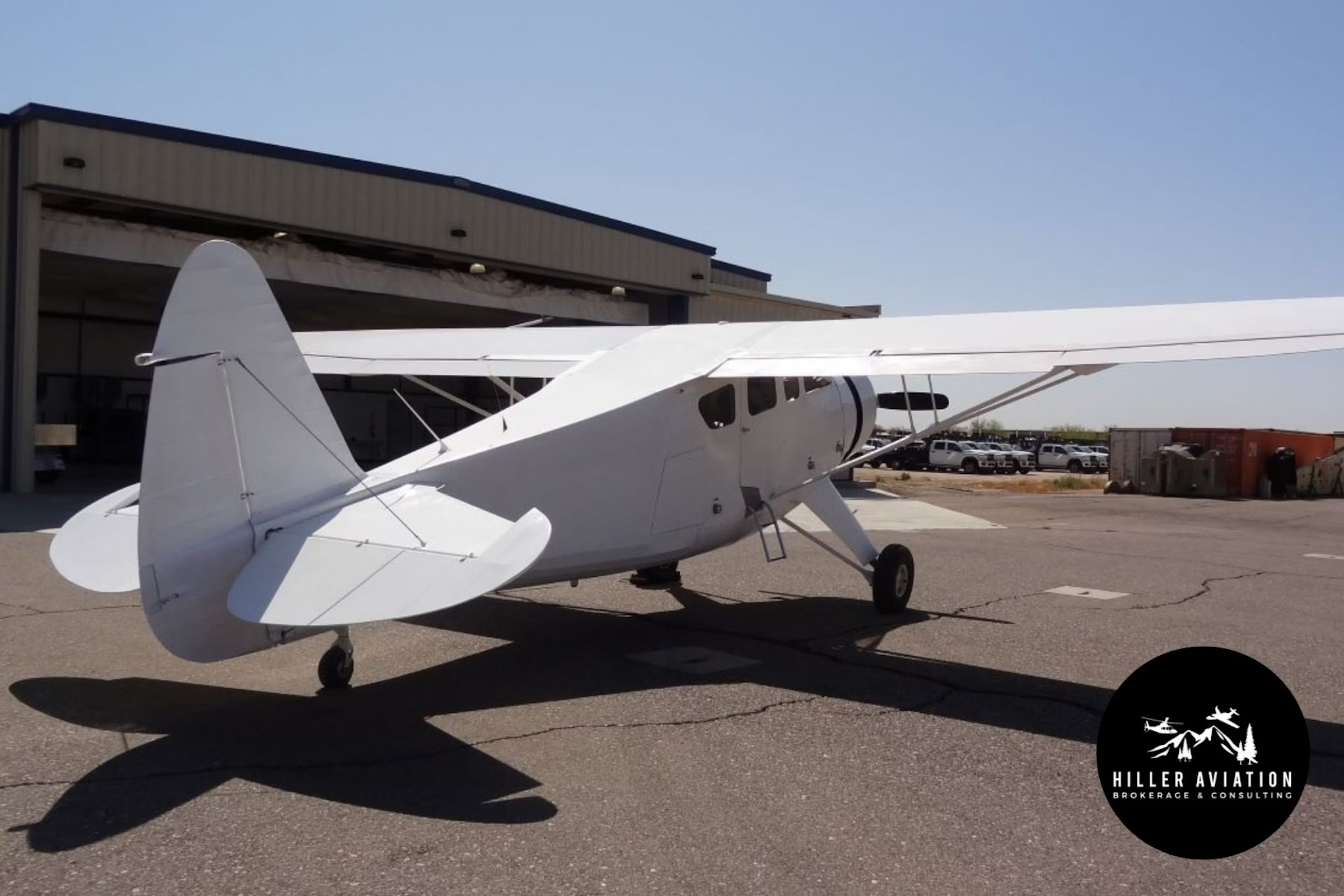NASA and Boeing Hit ‘Pause’ on Experimental X-66
Manufacturer proposes to instead focus its efforts on developing thin-wing technology, which it believes may have broader applications.

An artist’s concept of Boeing’s experimental X-66 transonic truss-braced wing concept. [Courtesy: Boeing]
Boeing is pumping the brakes on its experimental X-66 flight demonstrator.
The aircraft—being developed with a transonic truss-braced wing—is on “pause for later consideration” after Boeing proposed to focus on a ground-based testbed, which will instead demonstrate simpler, thin-wing technology, NASA said Thursday.
Work on the $1.15 billion X-66 was being conducted under a 2021 Space Act Agreement, with NASA agreeing to invest $435 million on the project over seven years. Boeing is on the hook for the remaining $725 million.
Under Boeing’s proposal, the sustainable flight demonstrator will be shelved as the thin-wing technology—also present within the transonic truss-braced concept—is further investigated. The decision was “based on knowledge gained through research conducted under the Sustainable Flight Demonstrator project so far,” NASA said.
Boeing said it sees a path to delivering value sooner by focusing on the simpler design, which could be applied to a broader range of aircraft.
“We have learned a lot in the past few years partnering with NASA on the X-66 program that will influence the future generations of airplane design,” the company said in a statement shared with FLYING. “Going forward, we will focus efforts on the single most-promising design feature of the X-66 configuration—the thin-wing design. What we learn with this approach can be applied across multiple products, including potential truss-braced wing configurations and beyond.”
Net-Zero Goals
The halting of the X-66 was not entirely out of left field. The Air Current reported in June that Boeing was shifting engineers away from the project to support its commercial aircraft programs. But it represents a blow for NASA, which was targeting an initial demonstrator flight as early as 2027.
“If we are successful, we may see these technologies in planes that the public takes to the skies in the 2030s,” Bill Nelson, former NASA administrator, said in 2023.
The objective of the space agency’s Sustainable Flight Demonstrator project is to study technologies that could pave the way for a new generation of green, single-aisle airliners.
The X-66 is built off a McDonnell Douglas MD-90, delivered by Boeing for modifications in August 2023. The key change was replacing its normal wings with thinner, longer wings stabilized by diagonal struts, designed to reduce drag and thereby burn less fuel.
Shortly after the truss-braced concept was revealed, the U.S. Air Force designated it as an X-plane—a status awarded to research aircraft that test experimental designs, configurations, and technologies that could be adopted by other aircraft. Typically, these are testbeds rather than full prototypes.
In a long line of X-planes dating back to the 1940s, the X-66 is unique as the first intended to help the U.S. reach its goal of decarbonizing aviation by 2050. Combined with other advancements, the transonic truss-braced concept could reduce fuel consumption and greenhouse gas emissions by 30 percent compared to the most efficient single-aisle aircraft flying today, researchers estimate.
The workhorse of many airline fleets, single-aisle aircraft generate about 43 percent of all aviation emissions.
Though NASA has no plans to procure an aircraft from Boeing, it has given the manufacturer access to its facilities and expertise. The partners have already conducted wind tunnel tests, fluid dynamics modeling, and structural design and analysis using smaller models of the X-66. As of March, modifications to the MD-90 remained ongoing.
Now, the design and its hardware will be stowed away as Boeing turns its focus to a thin-wing concept.
Like this story? We think you'll also like the Future of FLYING newsletter sent every Thursday afternoon. Sign up now.

Sign-up for newsletters & special offers!
Get the latest FLYING stories & special offers delivered directly to your inbox






